
IOTA
项目开始时间

2017年7月23日
关于
Background IntroductionIOTA is a distributed ledger technology (DLT) project designed for the Internet of Things (IoT) ecosystem. Unlike traditional blockchain-based cryptocurrencies, IOTA utilizes a Directed Acyclic Graph (DAG) structure called the Tangle. Founded in 2015, IOTA aims to enable feeless microtransactions and secure data transfer for IoT devices, positioning itself as a backbone for machine-to-machine (M2M) economies.Website Core ContentThe IOTA website (iota.org) prominently features its key value propositions: feeless transactions, scalability, and IoT integration. It highlights partnerships with major corporations (e.g., Jaguar Land Rover, Dell Technologies) and showcases use cases across supply chains, mobility, and digital identity. The site emphasizes its non-profit foundation governance structure and includes developer resources, wallet downloads, and research papers.Technical CharacteristicsIOTA's Tangle architecture eliminates miners and blocks, requiring each transaction to validate two previous ones. Key features include: 1) Quantum-resistant cryptography (Winternitz signatures), 2) Partition tolerance for IoT environments, 3) Offline transaction capability (Local Snapshots), and 4) Smart contract functionality (IOTA Smart Contracts Protocol). The recent IOTA 2.0 upgrade introduces decentralized coordinator removal and enhanced consensus mechanisms.Token EconomicsIOTA's native token (MIOTA) has a fixed supply of 2.779 billion tokens, all pre-mined during genesis. The token serves three primary functions: 1) Network access fee (despite feeless design, spam prevention may require token staking), 2) Value transfer medium for IoT micropayments, and 3) Governance participation. Notably, there's no mining or staking rewards, creating deflationary pressure as tokens may be lost over time.Competitive ComparisonCompared to blockchain projects like Hedera Hashgraph (similar DAG structure but centralized governance) or IoT-focused chains like IoTeX, IOTA's key differentiators are: 1) Absolute zero fees (vs. Hashgraph's micropayment fees), 2) Stronger industry partnerships, and 3) Maturity in industrial IoT applications. However, it lags behind Ethereum in developer ecosystem and lacks Polkadot's interoperability features.Risks and ChallengesMajor challenges include: 1) Past security vulnerabilities (2018 Trinity wallet attack), 2) Centralization concerns due to Coordinator node (until full decentralization in 2.0), 3) IoT market fragmentation slowing adoption, and 4) Regulatory uncertainty regarding DAG-based assets. The project also faces technological risks from competing post-blockchain architectures like Avalanche's subnets.Industry FutureIOTA's success hinges on IoT market growth (projected to reach $1.5T by 2030). Potential trajectories include: 1) Becoming standard protocol for M2M payments if enterprise adoption accelerates, 2) Integration with smart cities infrastructure, or 3) Niche specialization in industrial IoT verticals. The project must navigate quantum computing advancements and 6G network developments that could reshape IoT connectivity paradigms.ConclusionIOTA presents a technologically innovative approach to DLT, particularly suited for IoT applications. Its feeless model and scalability give it unique advantages in machine economies, though adoption depends on overcoming decentralization challenges and establishing network effects. While risks exist in this competitive space, IOTA's strong industry partnerships and focused use cases position it as a potential key player in the emerging IoT data and value transfer landscape. 更多>

































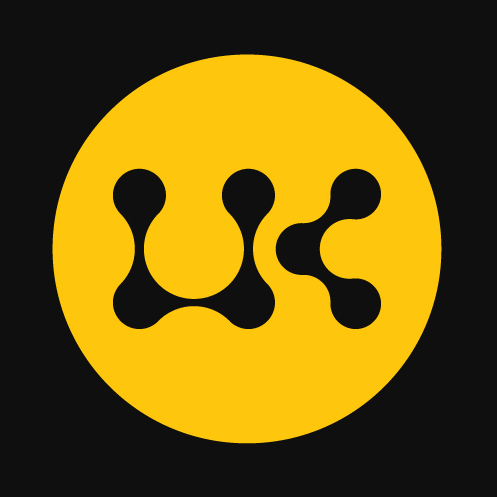

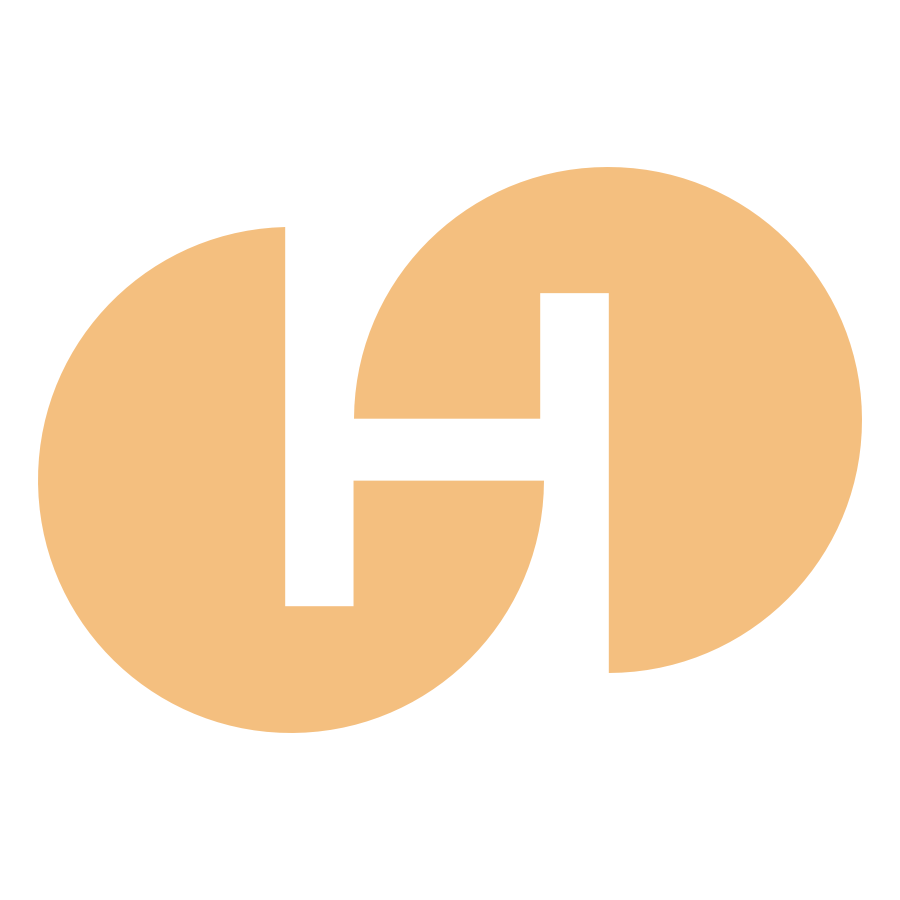

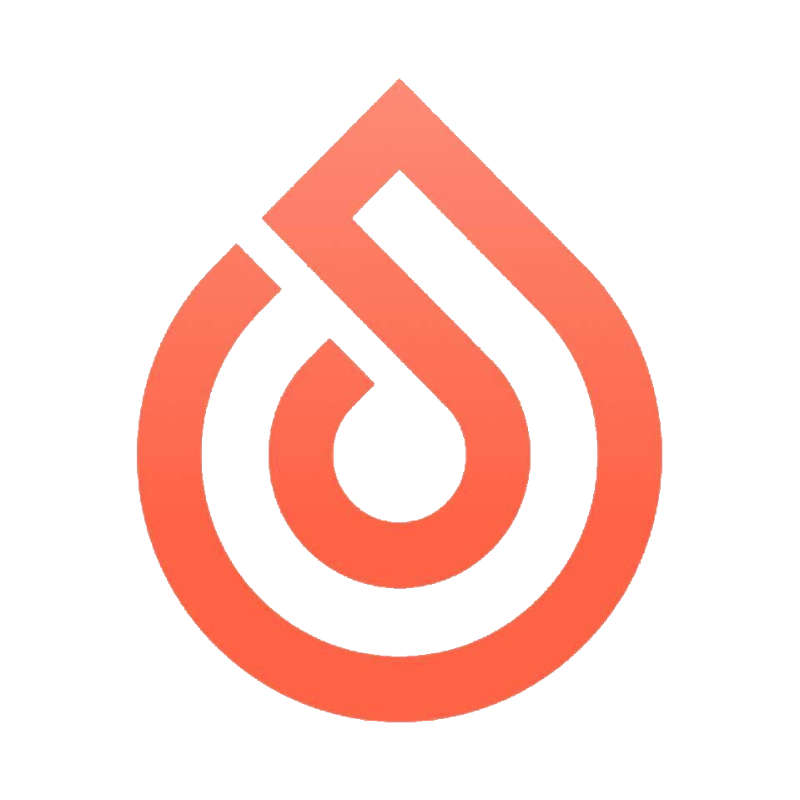


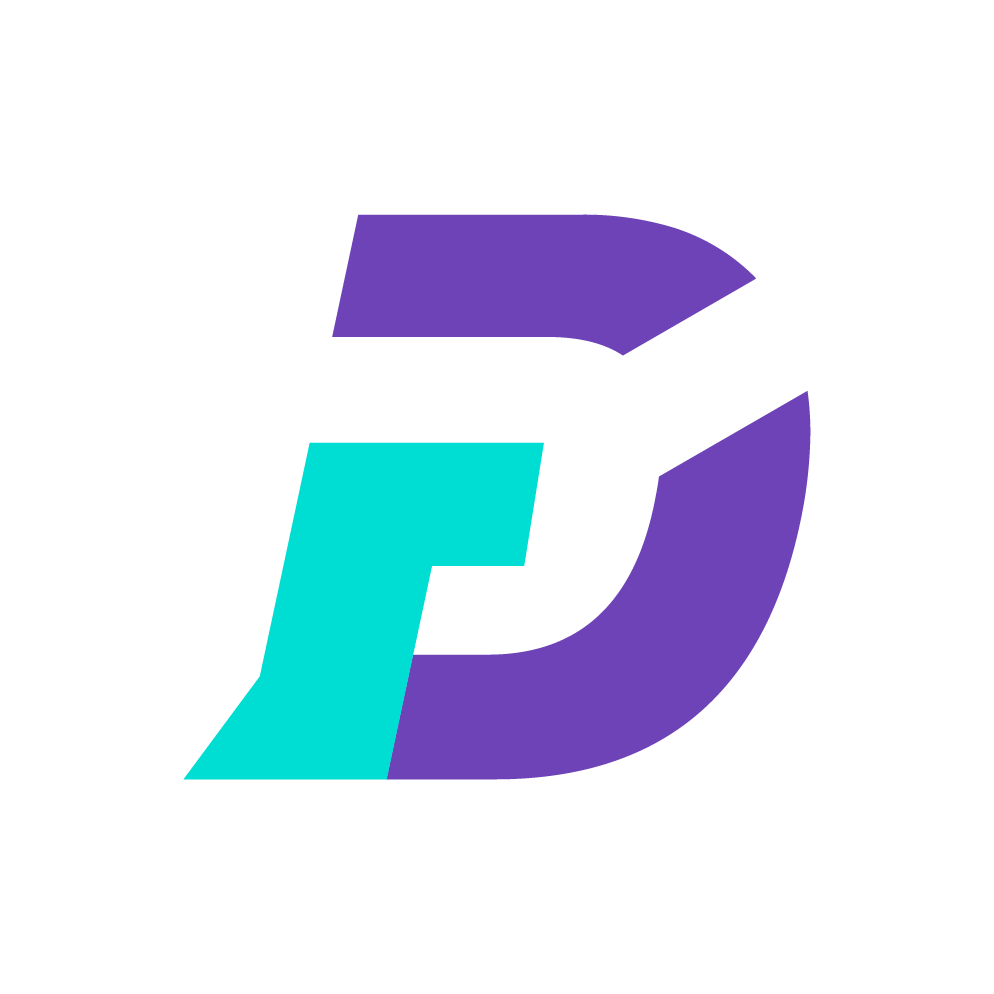




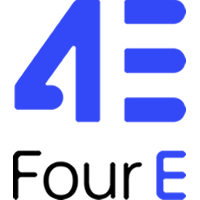







 看多
看多
 看空
看空